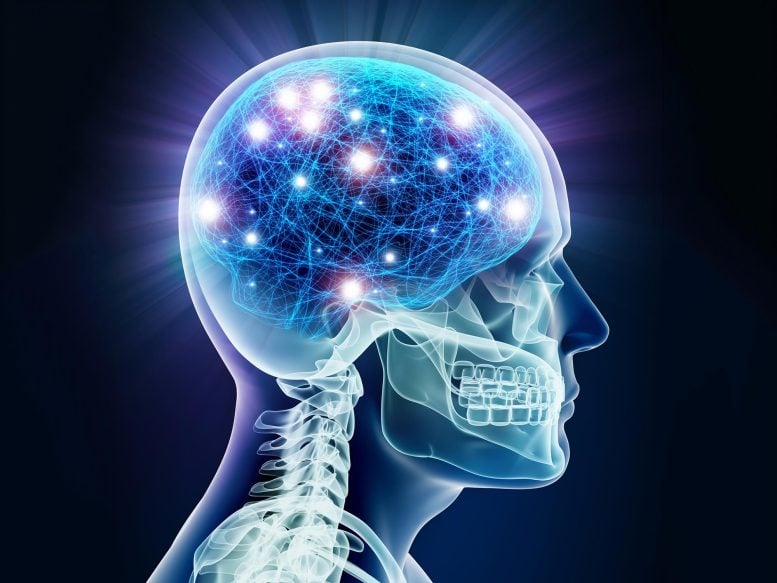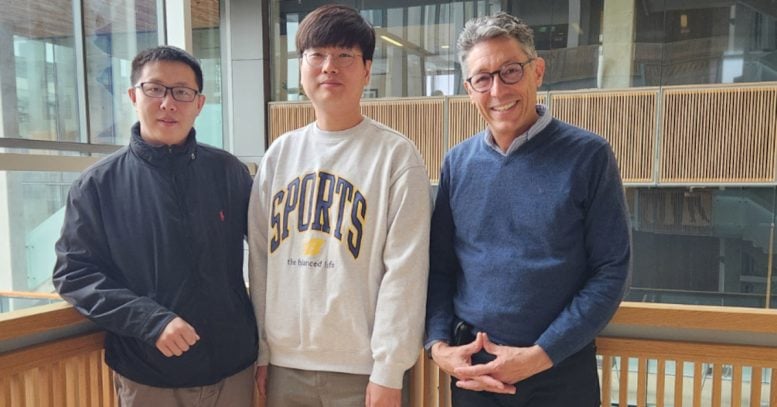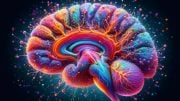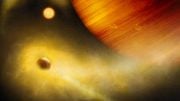
A new study by UC San Diego researchers reveals unique inhibitory neurons in the human forebrain, offering insights that may improve models of brain function and disease, and showing that certain neurons share common lineages, a discovery with significant implications for understanding brain diseases.
Researchers unveil new insights into human forebrain development
A team of scientists from the University of California San Diego School of Medicine conducted a study that provides a new understanding of how the human forebrain develops.
The study, led by Changuk Chung, Ph.D., and Xiaoxu Yang, Ph.D., both from the laboratory of Joseph G. Gleeson, M.D., Department of Neurosciences at the School of Medicine and the Rady Children’s Institute for Genomic Medicine, provide a greater understanding of how the human brain develops at the cellular level.
The study also presents evidence for the existence of the source of inhibitory neurons (dInNs) in the human brain that differ from origins in other species like mice, a common lab animal used in brain studies. The group outlined their findings in a paper recently published in the journal Nature.
Functionality and Importance of the Forebrain
The forebrain, or cerebral cortex, is the largest part of the brain, important for a wide range of functions, ranging from cognitive thought, vision, attention, and memory. Neurons are cells that serve as the individual circuits of the brain. Inhibitory neurons usually function as a kind of neural “off” switch, as opposed to the “on” switch of excitatory neurons.
“Humans have a very large and wrinkled cortex that likely supports higher cognitive functions compared with other species, such as rodents,” Gleeson explained.

A trio of researchers (from left) Xiaoxu Yang, Changuk Chung and Joseph G. Gleeson led a study that advanced the understanding of the structure of the human brain on the cellular level. All three are associated with the University of California San Diego School of Medicine Department of Neurosciences and the Rady Children’s Institute for Genomic Medicine. Credit: UC San Diego Health Sciences
He said that the inhibitory neurons in mice have an origin from deep within the developing brain. The current study puts that model to the test by assessing cellular lineage. They found the existence of dInNs, which are absent in mice. He said finding evidence for this specific type of neuron in humans opens the door to greater understanding how the human brain is special.
“We expect dInNs to support new, more accurate, models of human brains,” Gleeson said. “This updated brain model may help explain the origins of certain conditions like epilepsy, schizophrenia or autism.”
Cellular Lineage and Brain Structure
The group was especially interested in following the lineage trail of mosaic variants of brain cells. “If two cells share the same mother cell, we say they have the same lineage,” Chung said.
“If two individual cells have a same mosaic variant, they were born from a common mother cell that passed it to all of its daughters,” Yang explained. “So, mosaic variants in cells function like family names in people.”
The researchers directly accessed brains from two neurotypical donors who died from natural causes. They used mosaic variants to trace where these cells came from, to identify sister cells born in the same brain region, and to determine how far each “family name” spread across the brain.
They revealed that some inhibitory and excitatory neurons essentially have the same family name, which Chung said means the two types of neurons share lineage. The two types likely branched in a late moment of embryonic cerebral development, he added, noting that such a cellular relationship is not present in other species.
“We hope our paper helps other researchers generate better models of neurological disease, and which types of brain diseases can result from impaired development,” Gleeson concluded.
Reference: “Cell-type-resolved mosaicism reveals clonal dynamics of the human forebrain” by Changuk Chung, Xiaoxu Yang, Robert F. Hevner, Katie Kennedy, Keng Ioi Vong, Yang Liu, Arzoo Patel, Rahul Nedunuri, Scott T. Barton, Geoffroy Noel, Chelsea Barrows, Valentina Stanley, Swapnil Mittal, Martin W. Breuss, Johannes C. M. Schlachetzki, Stephen F. Kingsmore and Joseph G. Gleeson, 10 April 2024, Nature.
DOI: 10.1038/s41586-024-07292-5
This work was supported by National Institute of Mental Health (NIMH) grants U01MH108898, R01MH124890 and R21MH134401; a Larry L. Hillblom Foundation Grant; a Eunice Kennedy Shriver National Institute of Child Health and Human Development (NICHD) grant K99HD111686; a 2021 NARSAD Young Investigator Grant from the Brain & Behavior Research Foundation; and the Rady Children’s Institute for Genomic Medicine.









Be the first to comment on "Challenging the Status Quo: Researchers Discover Unique Neuronal Origins in Human Brains"